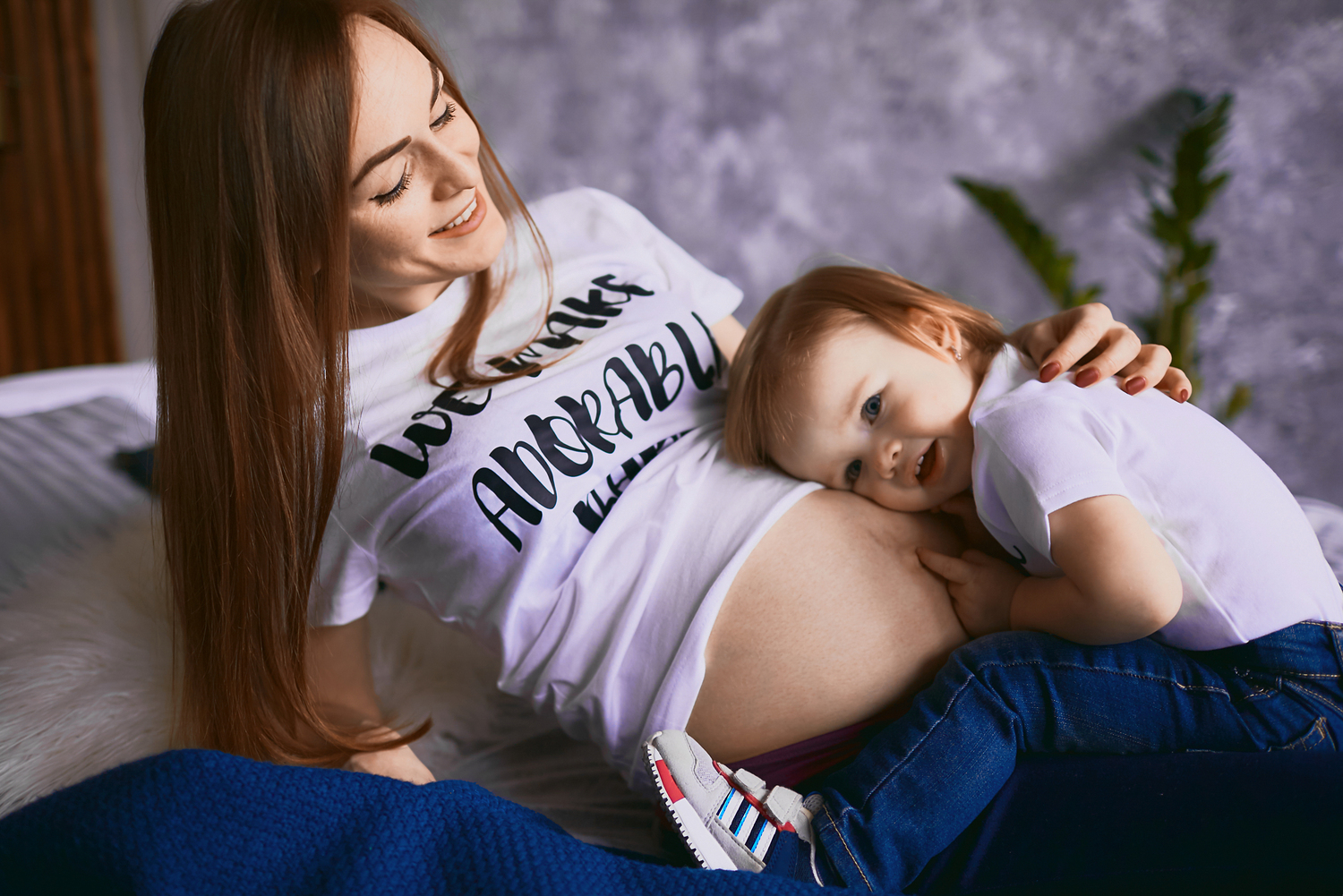Postpartum Hair Loss: Everything You Need to Know
The period after giving birth is full of changes—physical, hormonal, and emotional. Amidst these changes, many women notice something that can be particularly worrying: intense hair loss. While the sight of hair falling out in large quantities can be a cause for panic, it’s actually a normal and temporary phenomenon. In this article, we’ll break down exactly what happens, what the causes are, how long it lasts, how you can manage it, and when you should seek professional help.
What is postpartum hair loss?
Postpartum hair loss, also known as postpartum telogen effluvium, is the intense shedding of hair that is typically observed between the second and sixth month after childbirth. During pregnancy, hormones—especially elevated estrogen levels—prolong the hair’s growth phase (anagen phase), making the hair appear thicker, shinier, and healthier. After childbirth, estrogen levels return to normal, and the hairs that were in the growth phase massively shift to the resting phase (telogen phase), leading to increased hair loss.
Is it a normal phenomenon?
Yes, it is a normal, hormonally-driven process that happens to many women. It doesn’t mean you’re permanently losing your hair or that there’s an underlying condition. This hair loss is temporary, and in most cases, hair growth is fully restored within 6 to 12 months after giving birth.
What are the causes of postpartum hair loss?
The main cause is the hormonal change that happens after childbirth. However, there are other factors that can intensify or prolong the hair loss:
- Stress and lack of sleep: The new schedule with a baby can increase cortisol levels.
- Nutritional deficiencies: Reduced intake of iron, B-complex vitamins, and proteins.
- Blood loss during childbirth: Can contribute to iron deficiency.
- Breastfeeding: Increases the body’s nutritional needs.
- Underlying conditions: E.g., thyroid dysfunction.
How long does postpartum hair loss last?
It usually starts 2–3 months after birth and peaks around the 4th month. For most women, the condition gradually improves, and hair growth returns to normal within a year. If the hair loss continues beyond 12 months, a medical evaluation may be needed.
Practical tips for managing hair loss
Although postpartum hair loss is normal and self-limiting, there are steps you can take to help reduce the shedding and support new hair growth.
Boost your nutrition
- Add foods rich in iron (red meat, lentils, spinach).
- Consume high-quality proteins (eggs, fish, chicken, legumes).
- Incorporate omega-3 fatty acids (fatty fish, walnuts, flaxseed).
- Add B and D vitamins that help nourish the follicles.
Care for your hair with gentle techniques
- Avoid harsh brushing and tight hairstyles (e.g., braids, ponytails).
- Use sulfate-free shampoos with a gentle cleansing action.
- Limit heat from hairdryers and straightening irons.
Support scalp health
- Gently massage your scalp 2–3 times a week to improve microcirculation.
- Try natural oils like rosemary oil or castor oil.
Medical treatments and options
In some cases, especially when the hair loss is severe or prolonged, a doctor may suggest additional treatments:
- Nutritional supplements specifically for postpartum.
- Topical treatments like minoxidil (only with medical approval and not while breastfeeding).
- Hair mesotherapy to nourish the follicles.
- PRP (Platelet-Rich Plasma) to stimulate regeneration.
When to seek professional help
You should see a specialist if you notice that:
- Hair loss continues beyond one year.
- Bald patches appear on the scalp.
- You have symptoms like fatigue, weight loss, irritability, or brittle nails.
- You notice inflammation, pain, or redness on the scalp.
In these cases, a dermatological examination is required, and, if necessary, blood or hormonal tests.
Myths and truths about postpartum hair loss
- Myth: Hair loss means your hair won’t grow back.
- Truth: In most cases, hair growth fully returns.
- Myth: If you cut your hair short, it will shed less.
- Truth: Hair length doesn’t affect its life cycle.
- Myth: Breastfeeding causes hair loss.
- Truth: The hair loss is hormonal and would happen regardless of breastfeeding.
How to support yourself psychologically
The sight of hair falling out can be stressful, especially during a time when you’re already experiencing many changes. Some tips:
- Talk to other moms to realize you’re not alone in this.
- Avoid obsessing over counting the hairs.
- Invest in hairstyles that add volume and confidence.
- Remember that this phase is temporary.
Prevention – What you can do during pregnancy
While you can’t completely prevent hormonal hair loss, you can reduce its intensity:
- Maintain a balanced diet throughout your pregnancy.
- Take the prenatal supplements your doctor has recommended.
- Care for your hair with gentle methods and avoid damaging chemical processes.
Conclusion
Postpartum hair loss is a normal and temporary phenomenon mainly related to hormonal changes. It can be managed with patience, a proper diet, gentle care, and, if needed, specialized treatments. Over time, your hair will return to its normal density and health. Remember: motherhood brings many changes, and hair loss is just one of them—not something permanent or worrying in most cases.
